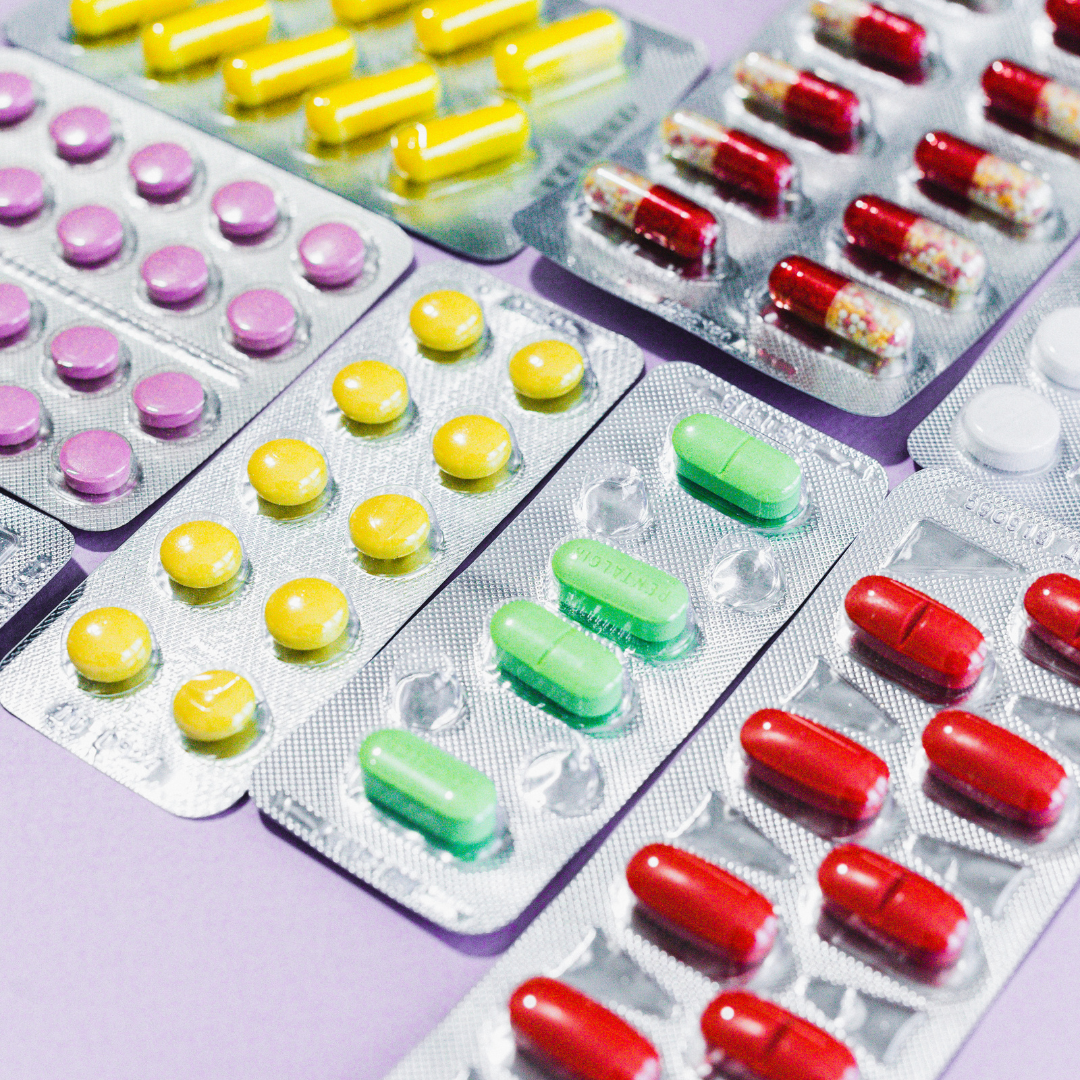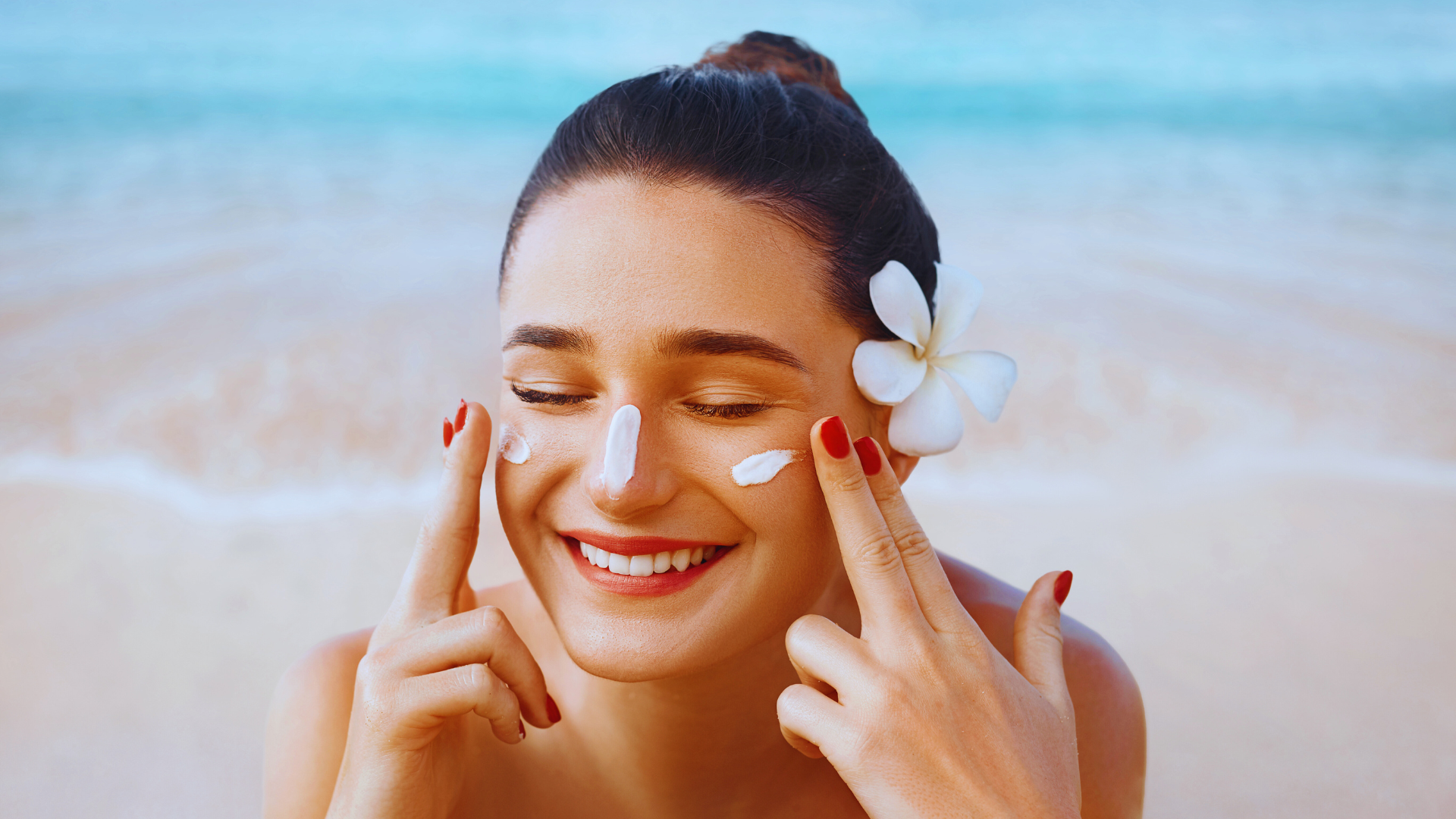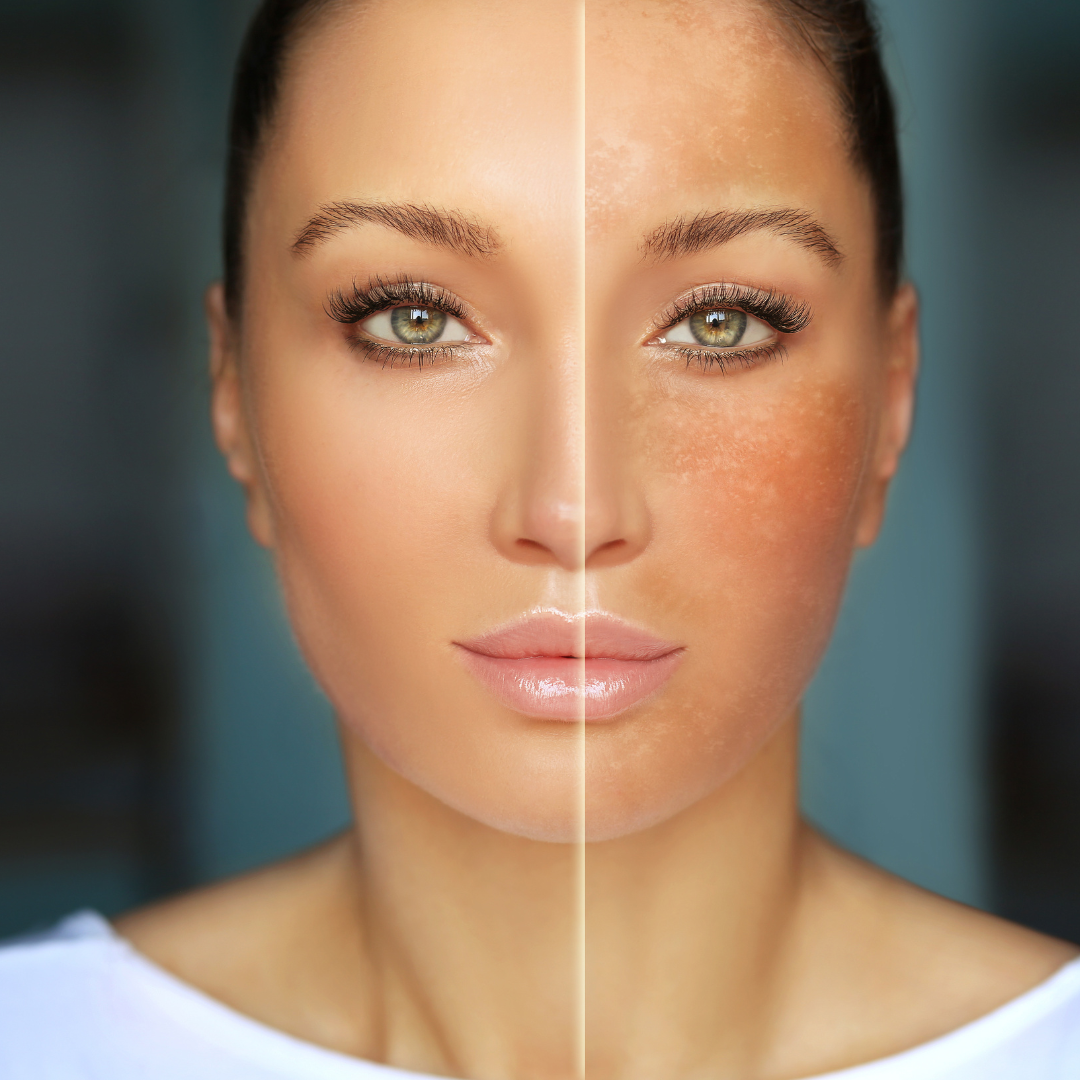Simple Health Tips That Make a Big Difference in Your Daily Life
Making small adjustments to daily habits can significantly enhance one’s overall health and well-being. Incorporating simple health tips, like staying hydrated, prioritizing sleep, and including more fruits and vegetables in the diet, can lead to substantial improvements in energy levels, mood, and overall vitality. By focusing on manageable changes, individuals can create sustainable practices that […]









